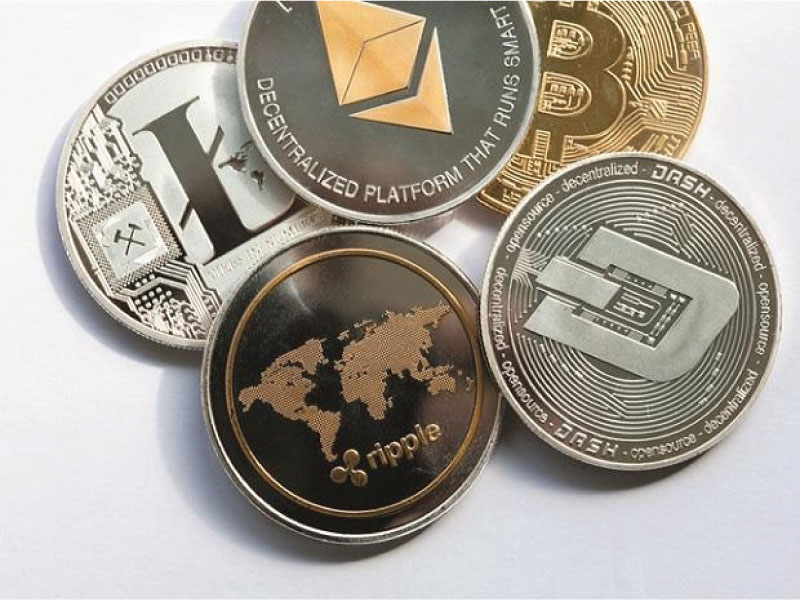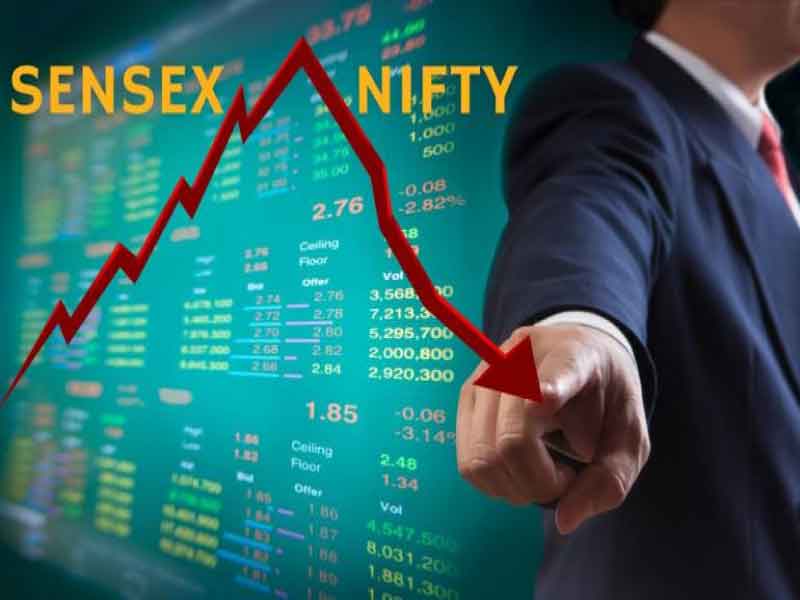Government and regulatory authorities may consider a legislative and regulatory framework for cryptocurrencies
Published On: Wednesday, November 17, 2021 | By: Team KnowMyStock

Finally, it looks like the government and regulatory authorities appear to be getting together with stakeholders to consider a legislative and regulatory framework for cryptocurrencies. These virtual assets have been around for over a decade — the pioneer bitcoin started trading in 2010. There are literally thousands of cryptos. Some have given truly extraordinary returns. Investors see these instruments as potential hedges against currency volatility and inflation. Traders who pay in rupees generate over Rs 50 crore in daily cryptocurrency volumes and Indians actually invest a great deal more in forex-denominated trades. There’s a substantial, active Indian crypto-investment community which multiple sources estimate holds over $15 billion worth of crypto assets. Moreover, the related non-fungible token, or NFT, market is booming and there’s been an advertising blitz tempting Indians to invest in cryptos.
Regulating these instruments is not easy. Japan, Korea, Finland, Estonia, Australia, El Salvador, etc, have regulatory frameworks. It’s easier to do this if the local currency is fully convertible.
But enforcing any ban on them is impossible. It’s legally okay for a resident Indian to open an overseas broking account (which offers cryptocurrency trading) and to remit equivalent of $250,000 abroad every fiscal, for a wide variety of purposes, including investing in overseas assets. Shutting down that route would make life impossible for importers, exporters, Indians studying abroad, and so on.
The first thing regulatory authorities must do is define a tax treatment, outlining incidence of long-term and short-term capital gains for investors. It’s rumoured an approved list of cryptos will be announced — the framework must go beyond that to define “good” cryptocurrency versus “bad” ones.
There are over 7,000 recognised cryptocurrencies in existence as of November 2021. The list would grow; any smart coder can create a new crypto. Some cryptos are created by fraudsters seeking to fleece the gullible; others are well laid out with carefully defined structures and peer-to-peer verification systems.
A good cryptocurrency includes a secure peer-to-peer verification system, an assurance of some anonymity, a method of mining that allows for predictable growth in money supply, which cannot be manipulated, and so on. The regulatory framework should include a definition of what makes a good crypto. It must include some reference to the most common use cases for cryptos. One is remittances. A remittance of, say, dirhams to rupees, involves bank charges and delays while the Reserve Bank of India (RBI) processes payments. Instead, you can buy cryptocurrency with dirhams and hand over the relevant codes to somebody who sells the crypto in rupees. There are no bank charges, and much faster processing, if the counter-parties are comfortable with price volatility.
Tags: Government and regulatory authorities legislative and regulatory framework for cryptocurrencies active Indian crypto-investment community long-term and short-term capital good and bad cryptocurrency
We are on Telegram!
JOIN our telegram channel to receive updates on Financial News and Stock and FNO Tips.
Click Here!
Follow Us On:






